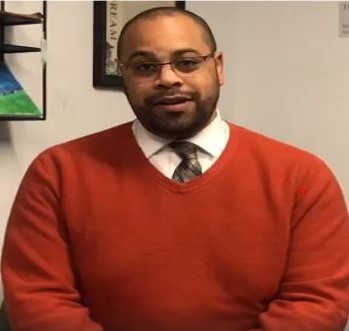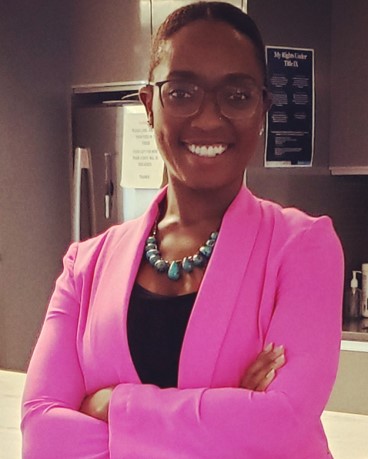
Confronting anti-Asian Racism in the Age of Coronavirus
Between March and June, more than 2,100 anti-Asian hate incidents related to COVID-19 were reported in America. According to Pew Research, 31 percent of Asian adults were subject to slurs or jokes, and 58 percent said they found anti-Asian racism more common.
As the coronavirus continues to ravage the world, many have taken to blaming the Chinese and all Asian people in a mix of racism and xenophobia. President Trump has referred to the disease as the “Chinese virus” and “Kung Flu.”
Is this spike in anti-Asian racism a new reaction to a global pandemic? Is it a resurgence of anti-Asian sentiments that go back centuries to when the Far East was first colonized by the West? Or is it just an increase in white animosity toward a growing foreign power?
This was the topic of “The Epidemic in the Pandemic: Racism toward the Asian community during COVID-19,” a virtual seminar held as part of Bentley’s second annual Community Learning Conference for faculty and staff.
“A lot of what’s happening today has happened time and time again,” Nia DeYounge, associate director of Bentley’s Center for International Students and Scholars, told more than 50 participants at the start of the seminar.

As seminar co-facilitator and Multicultural Center Director Michael McCorvey gave a brief history of anti-Asian racism, starting with Orientalism and colonization of the Middle East and East Asia, the centuries-old narrative of perceived Western superiority over the foreign or unknown began to take on a modern tone.
The Chinese Exclusion Act (1882), Geary Act (1892), and Johnson-Reed Act (1924) targeted Asian people (at that time mostly of Chinese origins) with mandatory documentation, ineligibility for naturalization, and limitations on immigration based on a national-origins quota system. In many ways, McCorvey said, those restrictions gave a blueprint for the future exclusion of whichever non-whites appeared threatening at the time.
“There was a concern about unskilled, cheap Chinese laborers coming and taking jobs from white folks,” he said. “Does that sound familiar? It rings of our current economic anxiety conversation, which is actually thinly veiled racism.”
As “Yellow Peril” — the fear that Asian people were going to take over the world — reached its peak after the Japanese attack on Pearl Harbor in 1941, panic spread even to popular culture, as Iron Man battled the Mandarin in Marvel comic books and James Bond made his big-screen debut by taking on the evil Dr. No. Both villains were depicted using stereotypical tropes of Asian men and both had goals of world domination.
“This is very much history repeating itself,” McCorvey explained. “It’s really the same speech happening toward different populations. It’s perpetuating the idea of a boogeyman to scare white people and galvanize them against it.”
Now, unfortunately because of COVID, it’s targeting Asian-Americans once again.
Even when some Asian-Americans overcome a system stacked against them, the Asian community at large can suffer, McCorvey said. The Model Minority myth is a perception that Asian-Americans have been able to attain success despite racial disparities, and it’s often used to perpetuate racism toward other more challenged minority groups. However, the myth broadly ignores the fact there are ethnic groups within the Asian community that have been less successful in achieving the American Dream.

“What that ends up doing is creating a set of expectations that everyone in that community cannot possibly live up to,” he said.
The present-day version of anti-Asian bias is a form of neo-racism, DeYounge explained, combining racism and xenophobia in a fear of the other. America’s national narrative exalts ideals of whiteness, and those who do not fit the mold are labeled as outsiders, the other, a threat.
The resulting microaggressions (wishing an Asian student who might not be Chinese a happy Chinese New Year, for example) generalize the scope of ethnicities, languages and cultures that encompass the Asian and Asian-American experience, DeYounge added.
Taking all of this history into account and understanding how we’ve scapegoated Asian people for centuries, the recent spike in COVID-related anti-Asian discrimination, harassment and violence shouldn’t be a surprise, McCorvey said.
And yet, when participants in the recent virtual seminar broke into groups to discuss their experiences and a collection of stories from Asian people who had experienced racism in America that they had read in advance, many did express surprise.
“It really astounded me,” said one participant, who said she was struck by the hatred behind some of the attacks. “I can’t even imagine what they are feeling when they have to go out right now. It saddens my heart so much. It breaks my heart.”
Another participant admitted she had heard of individual instances of racism but hadn’t grasped the systematic attack on an entire community until now.
“This has definitely been a blindspot for me,” she said.

